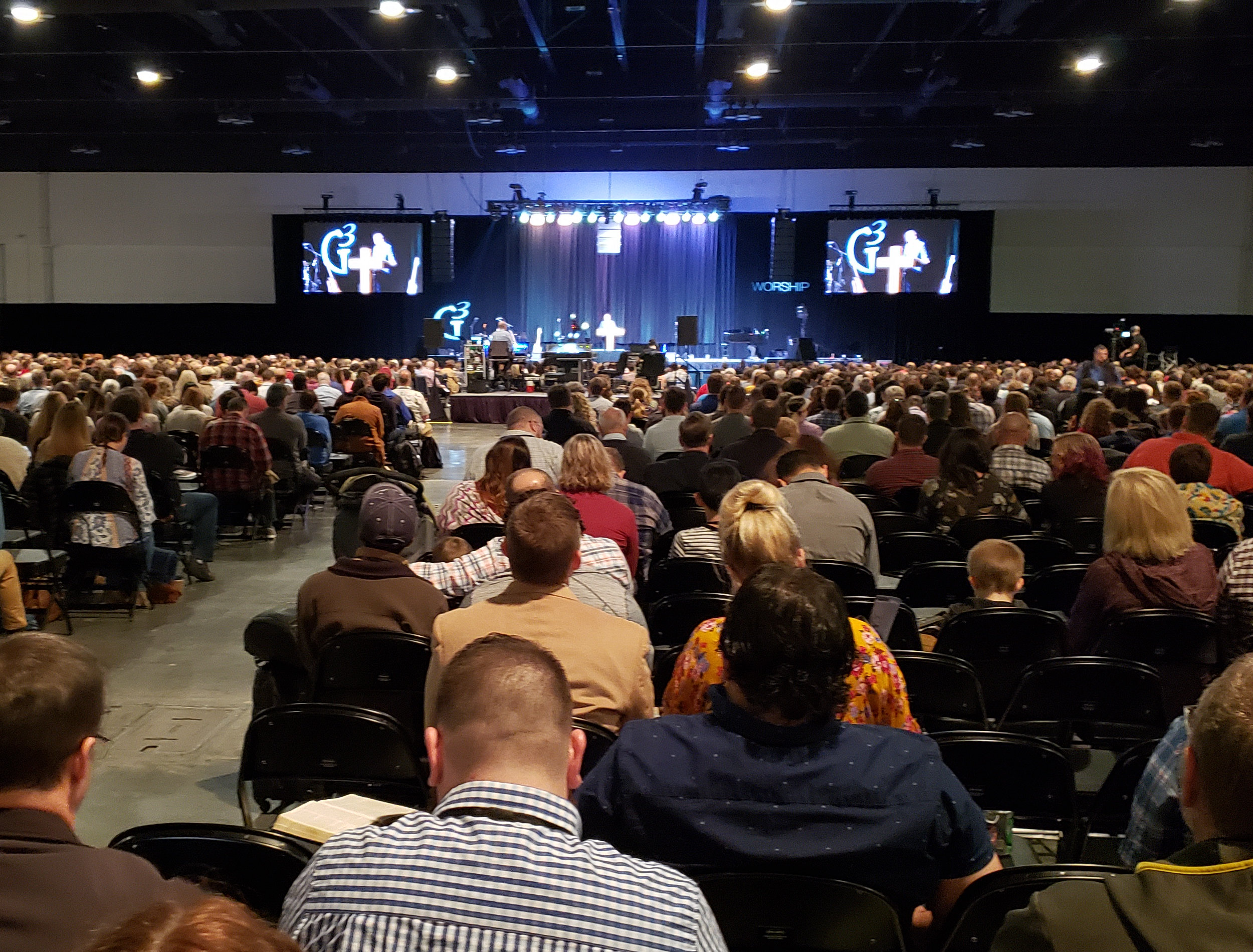

The top 100 global cement companies and past, present and future global cement trendsįollowing the collation of the Global Cement Directory 2016, (available separately) Global Cement has once again collated the Top 100 cement producers by installed integrated cement capacity and, for the first time, has collated apparent per-capita capacity information for all countries that produce cement clinker. This report examines the effects of the LafargeHolcim merger worldwide and in each of the countries that the company is present. Active in 62 countries, LafargeHolcim is present in a total of 18 European countries (59.2Mt/yr of cement capacity).

When Lafarge and Holcim merged to form LafargeHolcim in July 2015, they created the largest multinational cement producing company in the world by installed capacity, with control of around 340Mt/yr of cement production capacity. Table 1: Top 30 global concrete producers, by volume of concrete sold in 2020.įigure 1: Visualisation of the Top 25 global concrete producers, by volume of concrete sold in 2020.


Top 10 countries for concrete production. Maps of countries where each of the largest producers is active.Īnalysis and explanations of calculation methodologies. Listing of the Top 30 largest global concrete producers by annual production.Ĭompany profiles for the top 30 concrete producers including latest industry and financial news.
G3 conference 2019 dvf free#
The second edition of the report (after the first in 2018) is available as a free download. The report includes details of the top 30 largest producers of ready-mixed concrete worldwide, ranked in order of actual production, with production data and company profiles. Many are major producers of cement, but not all of them. Global Cement Magazine has now compiled a listing of the world’s top 30 concrete producers. The global cement industry is huge, but it produces an ingredient that makes up only around 15% of the final product of another industry that is six times larger: the global concrete industry. Paper 21: Grey2green - heading for the sustainable cement plant, Luc Rudowski, thyssenkrupp Industrial Solutions AG Paper 20: Cement plant CO2 capture for downstream utilisation in ready mixed concrete production, Sean Monkman, CarbonCure Technologies Paper 19: Concrene - the graphene reinforced concrete, Dimitar Dimov, Concrene Paper 18: NICE: the New International Carbon Economy, Philippe Fonta, SCRUM-Consult Paper 17: The LEILAC project: demonstrating a novel carbon capture process, Daniel Rennie, Calix Ltd Paper 16: The cement industry’s approach towards carbon capture, Martin Schneider, European Cement Research Academy Paper 15: Reduction of CO2 through optimisation of cement packaging, Guido Neu, Haver & Boecker Paper 14: Low CO2 cements by partial replacement with calcined clays or glasses - insights from solid-state NMR, Jørgen Skibsted, Aarhus University Interdisciplinary Nanoscience Center (iNANO) Paper 13: LC3: a breakthrough for the cement industry - financial analysis and CO2 impact, Anne Dekeukelaere, Cementis Paper 12: Futurecem - a low-CO2 cement, tested at full-scale in the Danish Green Concrete II Project, Stefano Zampaletta, Cementir Holding S.p.A. Paper 11: European cement industry: current status and future trends, Koen Coppenholle, Cembureau Paper 10: Ecoefficient cement: realistic options for reducing the environmental impact of cementitious materials, Karen Scrivener, EPFL, Ecole Polytechnique Fédérale de Lausanne Paper 9: New clinker and cement production schemes, Albrecht Wolter, Technical University of Clausthal Paper 8: Renewable carbon testing for the cement industry, Haley Gershon, Beta Analytic Paper 6: Carbon emission cost implications for the cement industry in a decarbonising Europe, Trevor Sikorski, Energy Aspects Paper 5: EU Climate strategies and targets, Mette Koefoed Quinn, Head of ETS Implementation and IT Unit of the Director General for Climate Action (DG CLIMA), European Commission Paper 4: The global cement industry in 2050, Robert McCaffrey, Global Cement Paper 3: HeidelbergCement’s strategy and implementation examples to stay in line with Paris-agreements, Jan Theulen, HeidelbergCement Paper 2: The role of the cement and concrete industry towards sustainability, Claude Loréa, Global Cement and Concrete Association Paper 1: Technology roadmap: low-carbon transition in the cement industry, Peter Levi, International Energy Agency The following presentations are included on the conference DVD:


 0 kommentar(er)
0 kommentar(er)
